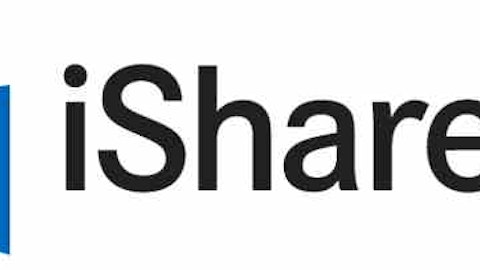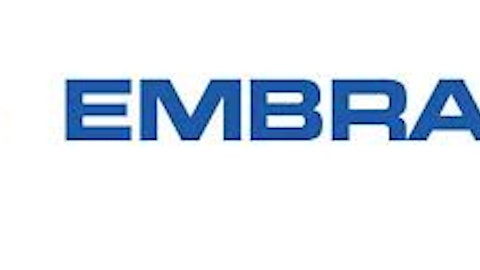A study by Boston Consulting Group shows consumer spending in China and India is expected to reach a combined $10 trillion per year by 2020. In the years leading up to 2020, the amount expected to be spent by consumers in the two countries is $64 trillion.
CHIQ already has some believers. The ETF had about $111 million in assets under management in October 2012. That number is now almost $198 million, according to Global X data.
S&P Emerging Markets Infrastruct. Ind Fd (NASDAQ:EMIF) Investing in the emerging markets infrastructure theme can be a frustrating endeavor. Back in 2011, Bank of America Merrill Lynch forecast that select emerging markets will need to spend about $6 trillion on infrastructure over just the next three years.
Not to mention, many emerging markets such as Brazil and India are in dire need of significant infrastructure upgrades. However, those fundamental factors have not always lead to stellar returns for EM infrastructure funds.
With the iShares S&P Emerging Markets Infrastructure Index Fund, it pays to keep in mind that Brazil and China combine for almost 58 percent of the fund’s weight. The latter has a reputation for not being shy about using infrastructure spending as domestic economic stimulus, a trend that should it continue, will benefit EMIF.
For its part, Brazil announced a $66 billion stimulus program in August, but immediately following that announcement, the EGShares Brazil Infrastructure Index Fund (NYSEARCA:BRXX) tumbled. Whether or not ETFs such as BRXX and EMIF benefit from Brazilian infrastructure projects this year remains to be seen. This much is clear, however. The funds’ constituents will be busy. On its own, the state of Rio de Janeiro needs $13.5 billion in new infrastructure and upgrades in advance of the 2014 World Cup.
EG Shares DJ Emerging Mark. Met & Min (NYSEARCA:EMT) The EGShares Emerging Markets Metals & Mining ETF has a nifty feature to it often goes ignored.
“EMT is designed to provide non-U.S. dollar, equity-based commodity exposure to the largest miners of copper, nickel, platinum, palladium, iron ore, and coal in the emerging markets. With exposure to emerging market currencies such as the Brazilian real, South African rand, and Russian ruble, EMT can benefit from currency appreciation versus the U.S. dollar,” according to EGShares.
In other words, EMT can act as a dollar hedge within portfolios. Still, EMT is another case of investors needing to know exactly what they are buying before jumping. Four countries – South Africa, Brazil, China and Russia – combine for about two-thirds of the fund’s country weight. Additionally, Brazil’s Vale SA (NYSE:VALE) is the fund’s top holding at almost 10.4 percent.
That means the recent rebound in iron ore prices, due in part to a spate of positive Chinese economic news, needs to continue to help EMT move higher. Add to that, EMT does feature some exposure to gold miners an often frustrating sub-sector for investors over the past two years.
Bottom line: EMT has a lot of moving parts to its upside case in 2013, but the ETF has gained 9.3 percent in the past month.
This article was originally written by The ETF Professor, and posted on Benzinga.



